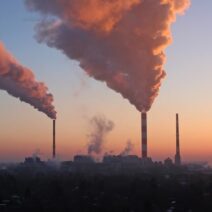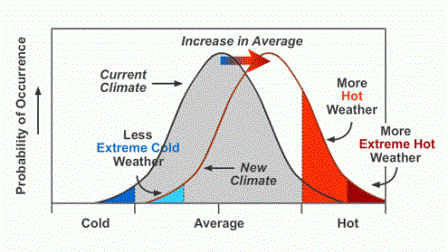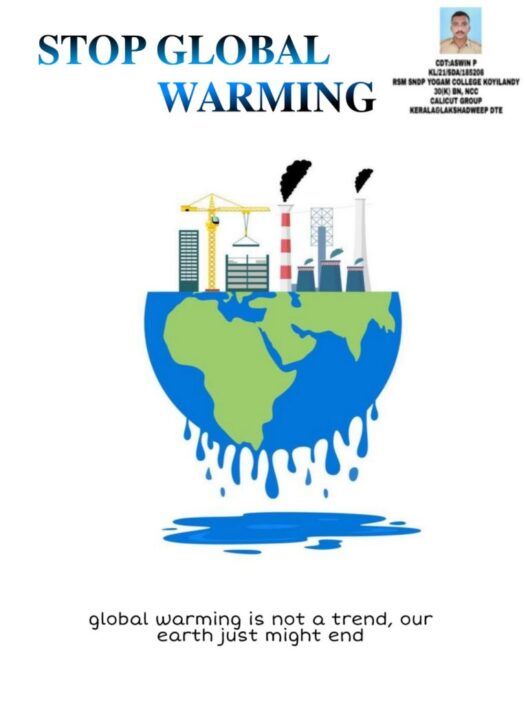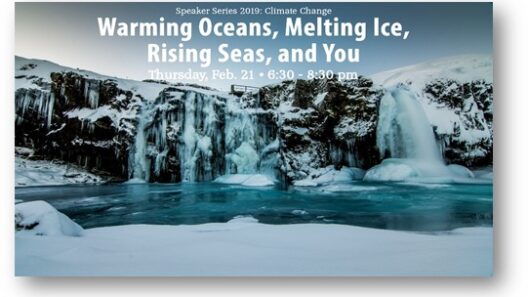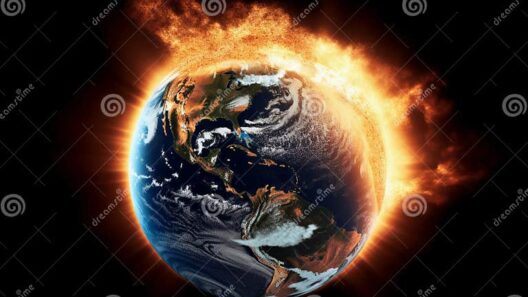Severe weather events have increasingly become a focal point for researchers, policymakers, and citizens alike as they grapple with the implications of climate change. The rising frequency and intensity of these occurrences prompt crucial questions regarding their origins and future projections. Understanding how global warming interplays with extreme weather is essential to acknowledge our current reality and take informed action.
Historically, a plethora of meteorological phenomena has been documented. From hurricanes and floods to droughts and wildfires, these natural occurrences have shaped human civilization. However, as anthropogenic influences intensify, the relationship between climate change and these extreme weather events has come under intense scrutiny. The notion that human activity, primarily the emission of greenhouse gases, is exacerbating the severity and frequency of these incidents serves as a galvanizing concept.
Global warming manifests as an increase in Earth’s average surface temperature, driven predominantly by carbon dioxide emissions from fossil fuel combustion, deforestation, and various industrial processes. This augmented atmospheric temperature alters weather patterns significantly. Warmer atmospheres can hold more moisture, which leads to heavier precipitation during storms. Consequently, regions previously characterized by mild weather are now grappling with unprecedented rainfall and subsequent flooding.
Hurricanes exemplify the drastic shifts observed in severe weather patterns. As ocean temperatures rise, storms gain strength and become more destructive. The 2020 Atlantic hurricane season was one for the record books, featuring an onslaught of storms that not only intensified rapidly but also demonstrated unprecedented durations. Researchers contend that this pattern correlates with climate change, where warmer waters serve as fuel for these formidable systems.
Moreover, the phenomenon of heatwaves is becoming alarmingly routine across various geographies. With climate models projecting a future with temperatures soaring well beyond historical norms, the implications for public health, agriculture, and natural ecosystems are dire. When the average temperature increases, the frequency of such extremes also escalates. This can lead to heightened mortality rates, particularly among vulnerable populations, who find it challenging to cope in scalding conditions.
In conjunction with rising temperatures, droughts present another facet of the climate conundrum. Areas that once boasted fertile lands are now succumbing to parched landscapes as prolonged periods of low precipitation persevere in directly correlated patterns with climate-induced alterations. As water scarcity increases, competition for this essential resource heightens, sparking geopolitical tensions and humanitarian crises.
The intricate web of connections between global warming and extreme weather can also be seen in the occurrence of wildfires. Regions across the western United States, Australia, and Mediterranean Europe have endured devastating fire seasons. The nexus of extended dry spells, combined with higher temperatures and drought conditions, renders these areas more susceptible to ignition. Once ignited, fires become increasingly difficult to control and can obliterate vast expanses of biodiversity and human habitats alike.
Furthermore, these extreme phenomena do not exist in silos; rather, they intersect and exacerbate one another. For instance, excessive rainfall can saturate the ground, rendering it incapable of absorbing further moisture, thereby leading to landslides. Meanwhile, the residual effects of drought can leave areas vulnerable when subsequent downpours occur, producing flash flooding as the landscape becomes a treacherous amalgamation of water and mud.
The ramifications extend to agricultural sectors significantly impacted by severe weather. Unpredictable rainfall patterns and elevated temperatures disrupt growing seasons, leading to diminished yields and food insecurity. As climate change continues its relentless march, adaptations within agricultural practices become imperative for ensuring food stability globally. Innovations such as drought-resistant crops and water conservation strategies are now at the forefront of conversations regarding food production sustainability.
Public infrastructure is not immune either; severe weather events can wreak havoc on cities ill-equipped to handle such extremes. Overwhelmed drainage systems, bridge collapses, and damaged transportation networks cause economic ramifications that reverberate long after the storms have passed. Urban planners must readjust their approaches to infrastructure development in light of increasing threats to resiliency in the face of climate-induced disasters.
As public awareness mounts regarding the nexus of climate change and extreme weather events, a paradigm shift is necessary. It is imperative for communities to foster resilience by integrating climate adaptation strategies into planning and development frameworks. Grassroots movements advocating for comprehensive policies that mitigate climate impacts alongside social equity must continue to gain momentum.
In conclusion, the infiltration of global warming into our weather systems is no longer a distant concern but a present-day reality. Recognizing the interplay between climate change and severe weather events elucidates the urgency for collective action. It compels society to rethink its relationship with the environment, emphasizing stewardship and conservation. It is not merely an environmental issue; it is a reflection of humanity’s future, wherein informed decisions and proactive measures today can shape resilience tomorrow.


